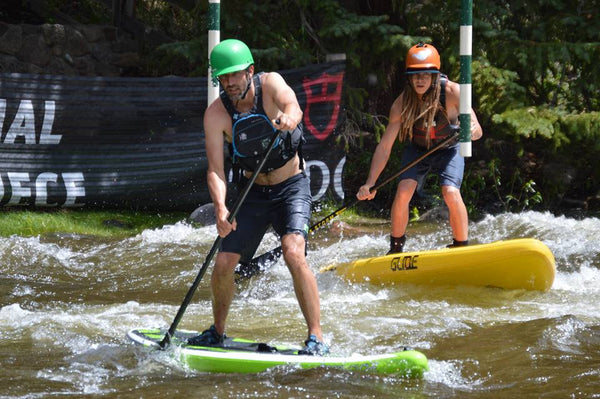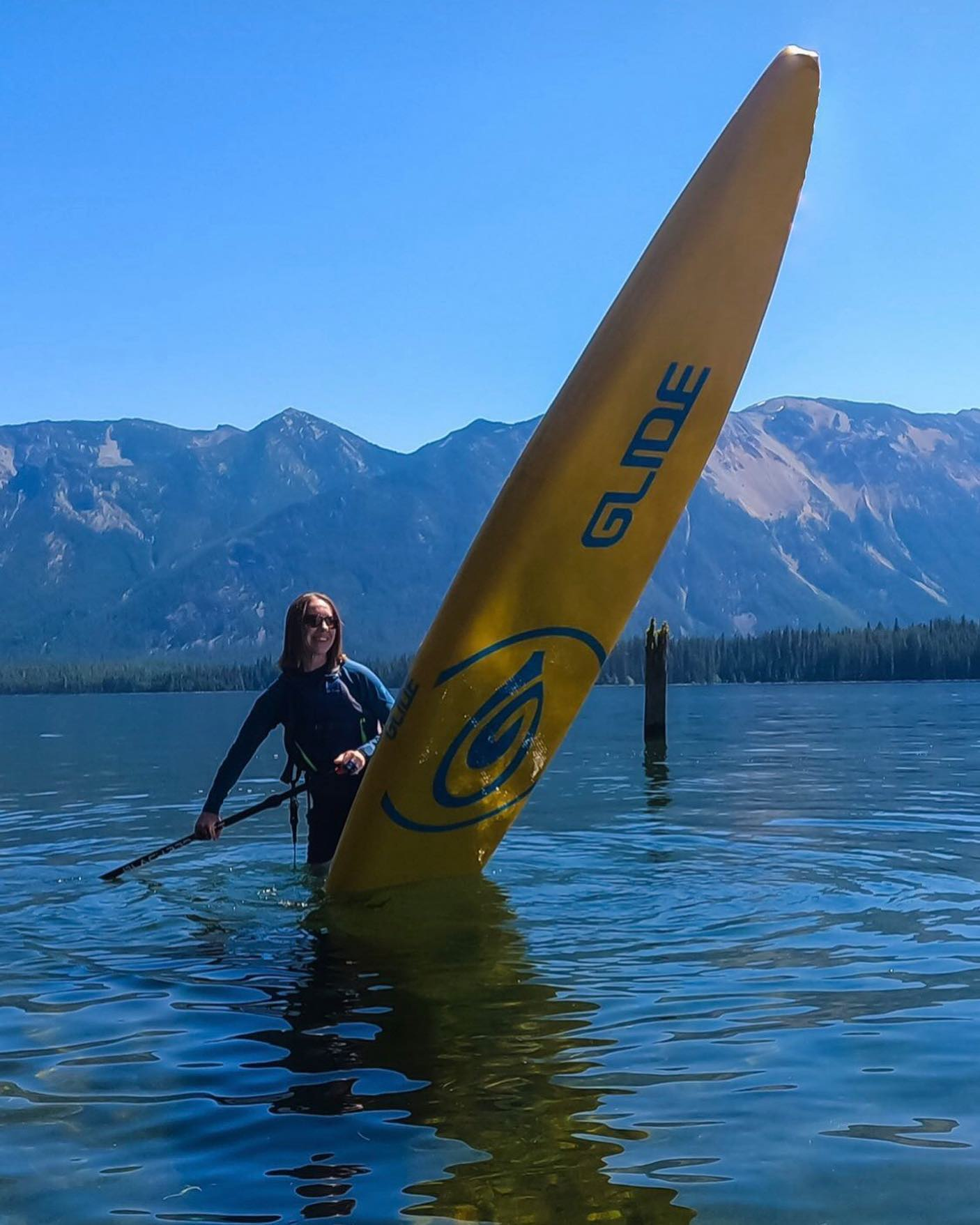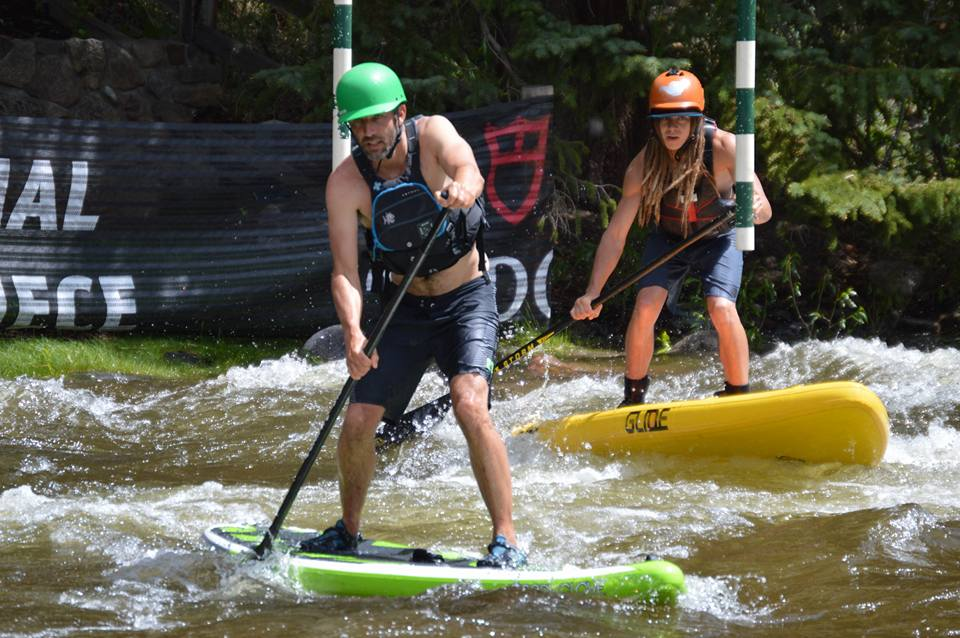
Advanced Skills to Master on a Stand Up Paddle Board
Master these advanced skills on your stand up paddle board and take your paddling to the next level.
Key Highlights:
- Power Stroke Mastery: Enhance your speed and maneuverability in challenging conditions with the advanced power stroke technique.
- Pivot Turn Precision: Learn the pivot turn for quick, efficient board direction changes, a must-know for race enthusiasts.
- Equipment Insights: Solid vs. inflatable boards—understand the performance nuances and how they impact your advanced techniques.
- Paddle Proficiency: Utilize your paddle beyond propulsion for stability and steering, maximizing control over your board.
- Balance and Control: Advanced balance techniques for SUP surfing and yoga, pushing your skills to new heights.
- Safety Prioritization: Emphasize safety with the right gear and awareness, regardless of skill level.
- Long-Distance Challenges: Explore long-distance paddling and overnight SUP trips, testing your endurance and preparation.
Stand up paddle boarding (SUP) is not only a fun, versatile water sport but also an excellent full-body workout. While mastering the basics is essential for anyone new to paddle boarding, if you're an experienced paddler, you might be looking for a new challenge. Here are some advanced SUP skills to help you become an expert on your paddle board.
Mastering Paddle Techniques on an Inflatable Paddle Board

Power Stroke
The power stroke is a key technique for advanced paddlers to master on their inflatable paddle boards. It allows you to maintain speed and maneuverability in difficult conditions or when you need a burst of speed. The power stroke starts like a regular stroke, but instead of pulling the paddle out of the water at your feet, extend it further back, almost to the tail of the board. This added length increases power, but be careful not to overbalance and fall into the water. This technique is applicable to both inflatable and solid paddle boards.
Pivot Turn
The pivot turn, also known as a buoy turn, is an essential technique to master for paddle board racing and maneuvering around tight spaces. It involves standing back on the tail of the board and lifting the nose out of the water to turn quickly. It requires a great deal of balance and control, especially on a narrower board, but it's a crucial skill for advanced paddlers.
Understanding Your Board and Equipment

Solid Boards vs. Inflatable Boards
Each type of board, whether it's a solid board or an inflatable board, offers different benefits and challenges. Solid boards tend to offer better performance and speed and are preferred by advanced paddlers for their rigidity and stability. Inflatable paddle boards, on the other hand, offer convenience, as they're easy to transport and store.
Knowing how your board behaves in different conditions – whether it's a recreational paddle board or a touring paddle board – can improve your skills dramatically. Mastering your paddle board also involves understanding its limitations and capabilities.
Utilizing Your Paddle Effectively
Whether you have a lightweight carbon fiber paddle or a fiberglass paddle, understanding how to use your paddle effectively is crucial. Your paddle is more than just a tool for propulsion. It acts as a third point of contact, providing stability and control. Master the art of "paddle steering," using the paddle as a rudder to turn without losing speed, or placing it in the water for balance when riding waves or navigating choppy waters.
Advanced Balance Techniques
SUP Surfing
If you've mastered flat water paddling, you might want to try your hand at SUP surfing. This takes balance and skill to the next level as you navigate waves on your paddle board. The key to SUP surfing is being able to quickly move your feet from the flatwater stance to the surf stance, enabling you to ride the wave correctly.
Yoga on Your Paddle Board
For those looking for a calmer but still challenging activity, paddle board yoga is a fantastic option. Doing yoga on your all-around paddle board requires advanced balance and control. The water adds an extra element of difficulty to each pose, making even the simplest yoga routine a challenging workout.
Conquering Distance with Touring Paddle Boards
Long Distance Paddling
For those looking to push their boundaries, long distance paddling is an advanced skill that will test your stamina and determination. Touring paddle boards, designed for long distances with their streamlined shapes and displacement hulls, are your best choice for this endeavor. As you cover more miles, you'll need to work on your paddling technique to maintain efficiency. Learning to switch your paddle from side to side smoothly, without losing momentum, is crucial.
Overnight SUP Trips
Taking your paddle board on an overnight trip might seem ambitious, but it's an exhilarating challenge for advanced paddlers. This requires careful planning and a board capable of carrying gear. Understanding how to pack your board, securing all essentials such as a repair kit, camping gear, and food supplies, is critical. Use tie-down points on your board to secure your load evenly. While this skill is not about speed or agility, it demands a deep understanding of safety, preparation, and a new level of connection with your paddle board.
Conclusion

Stand up paddle boarding offers countless opportunities for advanced paddlers. With the right skills, techniques, and understanding of your equipment, you can take your SUP experiences to the next level. Whether you're riding the waves on a solid board, practicing yoga on an inflatable sup, or executing a perfect pivot turn, there's always a new challenge waiting for you in the world of SUP.


